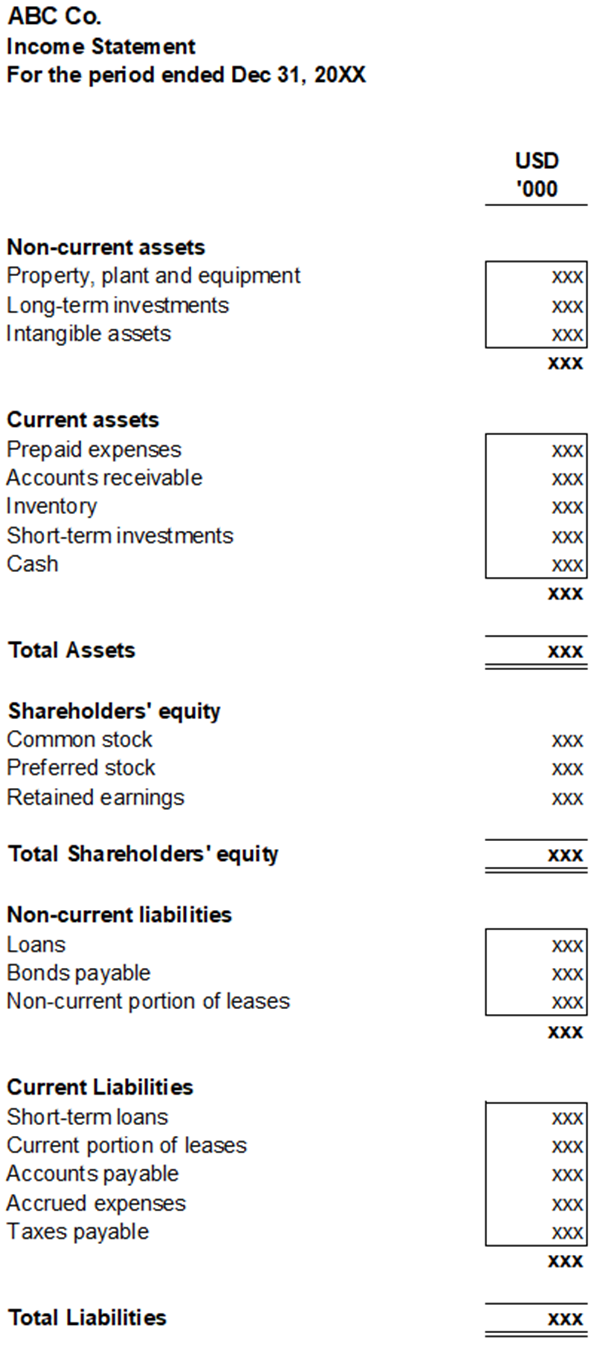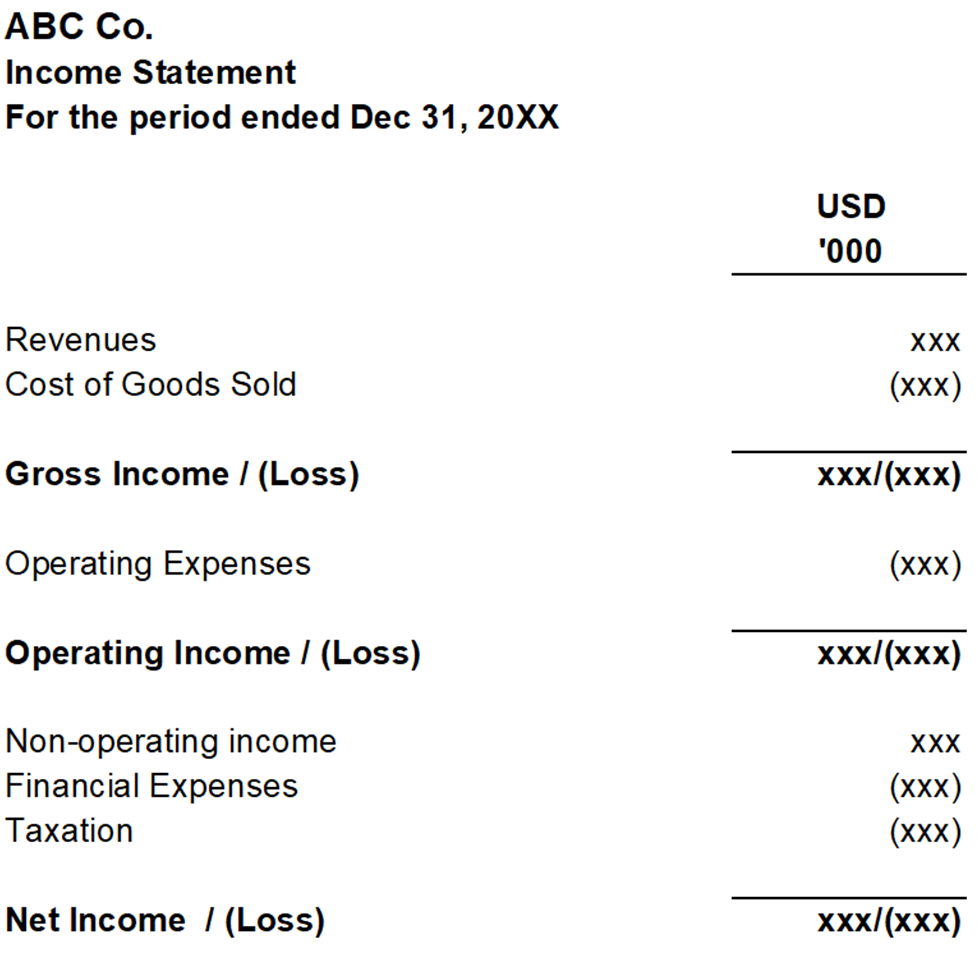Private equity, known for its complex investments and high returns, is an attractive field for finance professionals seeking both financial rewards and challenging work. Within the private equity sector, associates play a crucial role in sourcing, evaluating, and managing investments. Their compensation packages reflect the demanding nature of the job and the industry's competitive landscape. In this blog post, we'll delve into the compensation structure for private equity associates, examining its components, performance incentives, and the factors that influence this rewarding yet demanding career path.
Components of Private Equity Associate Compensation
- Base Salary: Private equity associates receive a competitive base salary, which provides financial stability and serves as a foundation for their compensation package.
- Performance-Based Bonuses: Associates often receive performance-based bonuses, which are contingent on various factors, including the successful execution of deals, investment returns, and fund performance.
- Carried Interest: In some cases, associates may have the opportunity to earn carried interest, also known as "carry," which is a share in the profits generated by the private equity fund. This typically becomes more significant as associates advance in their careers.
Performance Incentives and Expectations
Private equity associates are expected to meet rigorous performance targets, which can include sourcing profitable investment opportunities, conducting due diligence, and contributing to the growth of portfolio companies. Success in these areas can lead to substantial bonuses and enhanced career prospects.
Factors Influencing Compensation
- Firm Size: Compensation can vary significantly based on the size and prestige of the private equity firm. Larger, well-established firms often offer more substantial compensation packages.
- Geographic Location: Compensation levels can differ based on the geographic location of the firm, reflecting disparities in the cost of living and industry demand.
- Experience and Seniority: Associates with more experience and seniority tend to command higher salaries and bonuses. Promotion to higher roles within the firm can also lead to increased compensation.
- Fund Performance: The success of the private equity fund can directly impact associate compensation, as bonuses are often tied to fund performance.
Challenges and Rewards
While private equity associate compensation can be lucrative, it comes with its share of challenges. Associates typically work long hours, face intense competition, and handle complex financial transactions. However, the intellectual stimulation, career advancement opportunities, and potential for substantial financial rewards make the field highly appealing to many finance professionals.
Conclusion
Private equity associate compensation reflects the demanding nature of the job and the performance-driven culture of the industry. Associates who excel in sourcing and managing investments can enjoy significant financial rewards over time, making this career path an attractive option for those seeking to combine financial acumen with challenging, high-stakes work. However, it's crucial to recognize that success in private equity demands dedication, expertise, and the ability to thrive in a competitive environment.
Post Source Here: Private Equity Associate Compensation: Rewards and Realities
source https://harbourfronts.com/private-equity-associate-compensation/


